Inpatient VTE prophylaxis
Venous thromboembolism disease [VTE] (ie, pulmonary embolism and deep venous thrombosis) can significantly increase patients hospital stay and put them at risk for worse outcomes. However, preventing VTE does not come without its own risks. In this post we will discuss VTE prophylaxis in hospitalized adults, specifically the different modalities available, and when to use each one. This will focus specifically on patients admitted for medical reasons, as patients admitted for surgical reasons have additional considerations and different guidelines. Click to read!
Spider Bites
Patients often present to the emergency with a variety of skin findings and worries about spider bites. In the United States, the two spiders that people are often worried about are the black widow (Latrodectus mactans) and the brown recluse (Loxosceles reclusa). Fortunately, there are only about 500 bites a year in the United States and deaths are very rare. Click to read!
The Effect of Racial Disparities on Community-Acquired Pneumonia
Pneumonia is one of the most common reasons for hospitalization and ICU admission in the world, and disease burden increases with age.¹,² It is well recognized that racial, ethnic, and socioeconomic disparities have a significant impact on various clinical endpoints in patients with pneumonia, such as mortality, length of stay, and ICU admission. Although significant progress has been achieved over the past several decades in narrowing the gaps in outcomes, health disparities still exist and they have only been further highlighted by the recent COVID-19 pandemic.³,⁴ Click to read!
Legislative Advocacy: Meet the Supreme Court
The Supreme Court of the United States (often referred to by the acronym SCOTUS) leads the judicial branch of the federal government and is the highest judicial body in the country. Its main role is to be a guardian of the Constitution though hearing appeals cases and preventing laws that are unconstitutional. In doing so, the Supreme Court often decides on policies that affect the lives of millions of Americans. Click to read!
Salter-Harris Fractures
An 8-year-old male presents with pain in his distal right arm after falling from a hoverboard onto an outstretched arm. He has no swelling or obvious deformity to arm but is very tender with palpation over the distal radius. There are no abrasions or lacerations, and patient is neurovascularly intact. Imaging shows no evidence of fracture. Despite negative imaging, you are still concerned that patient has a fracture. You wonder what to do next. Click to read!
Health Equity
In your medical practice, be it in the clinic, hospital, or emergency department, you may have noticed that some patients seem to be hospitalized more often or have a harder time managing their health. For example, some patients with diabetes have a harder time keeping their blood glucose under control than others, or some patients are more likely to have a heart attack than others.
You may have even noticed some patterns among these patients, such as patients from certain neighborhoods tend to be hospitalized more frequently for asthma.
When treating patients, you may wonder what can be done to better help these patients. While individual cases may vary, the answer often lies in working towards systemic changes to ensure health equity. Click to read!
It’s a Pill, It’s a Coin, It’s a…Button Battery
A 1-year-old female presents with concern for refusing to eat and increased drooling. She had been doing well until earlier this afternoon when she was playing at a cousin’s house. She spit out most of her food during lunch and has refused to eat and drink since then. Since then, she has started drooling more, isn’t talking as much, and seems more restless than usual. Family initially thought she was tired from her usual routine being disrupted but grew concerned when she started developing an elevated temperature of 99°F.
On examination patient seems restless and is drooling. She is tachycardic with a slightly elevated blood pressure. Respiratory rate and oxygen saturations are normal. Imaging shows a round esophageal foreign body just below the clavicles. Click to read!
20 Questions on Penicillin Allergies
On average, 60% of patients admitted to the hospital receive an antibiotic, and in approximately 50% of those cases, antibiotic use is inappropriate (eg no indication, wrong antibiotic, incorrect dosing/duration, etc).1 This can result in direct harm to patients due to inadequate treatment of infection, toxic side effects, and superinfection with resistant bacteria. Combine this information with the fact that penicillins, one of the most prescribed classes of antibiotics, are often labeled as allergies in patients’ charts, prompting use of other classes of antibiotics which can lead to harm. Thus, antibiotics are unlike any other class of medications because of the potential public health consequences due to their selection of resistant bacteria, which may become dominant in the hospital and community. Click to read!
Legislative Advocacy: Meet the Congress
The primary role of congress is to make new laws or change existing laws, many of which impact health either directly or indirectly. As physicians, it can often be helpful to speak with congress to share our expertise and provide insights on laws that will impact our patients.
For some, even thinking about speaking with congress can feel intimidating, especially if the role of congress is a vague memory from high school government class. This post will focus on federal congress, reviewing powers unique to each branch, leadership roles, and key differences in deliberating bills. Click to read!
IS IT A STEMI?
ST - Evaluation Myocardial Infarction and its Equivalents
50-year-old male with a history of hypertension, hyperlipidemia, and two pack-per-day tobacco use history presents to the emergency department for sudden onset of crushing chest pain and pressure. The patient states the pain started while watching television at home and that the pain radiates down his right arm. He denies any shortness of breath, nausea, vomiting, or abdominal pain. Emergency medical services (EMS) provided the patient 324 mg Aspirin. EMS transported the patient to the nearest hospital with Percutaneous Coronary Intervention (PCI) capacity. Click to read!
Car Seats
The most dangerous thing children do as part of their daily lives is ride in a car. Motor vehicle crashes are the leading cause of death of children over four in the United States, and more than 5,000 children die in motor vehicle crashes annually.¹,² For every fatality, approximately 18 children are hospitalized, and more than 400 receive medical treatment following a car accident.¹
Over the past 20 years the number of children who died in motor vehicle accidents in the United States declined by 55%.² Much of the improvement in childhood injuries and fatalities due to motor vehicle accidents has been attributed to increased attention to age-appropriate restraints and laws regarding their use.³
Restraint systems decrease injuries and fatalities through several mechanisms:³ Click to read!
Hands On: A Good Patient Handoff
It is a common scene in the hospital at shift change: nurses giving report to the next shift; overnight residents relaying the events of an overnight rapid response to the daytime intern; OR staff calling report about the patient who is leaving surgery and headed to a room on the medical ward. At the end of a long shift it takes determination and a system dedicated to safety to consistently deliver a good patient handoff. But, it is essential to preventing avoidable errors! Click to read!
101: ACUTE CHEST DISCOMFORT
Remember all those times you are called from the ED for a chest pain evaluation and admission to CCU and you think inside your head, “Ha, another one of those false calls”; but on reviewing the chart, getting the history and physical examination, you’re not so sure anymore? Well, you are not alone. And that’s not a bad thing either. Click to read!
“Do You Have Any More Questions For Me Today?”
Questions such as this are often a signal to the patient that the clinical encounter has come to an end. Yet, there are rarely any questions brought up by the patient. That does not necessarily mean that they understand or are equipped to participate in their healthcare. In fact, surveys show that over one-third of patients have poor health literacy and up to nearly 90% of patients do not have the health literacy that is needed to be able to navigate the complexities of our healthcare system. (1) Click to read!
IT CRIES…But Now You Won’t—Approach to the Fussy Infant
A two-month-old infant presents to the emergency department with the chief complaint of fussiness for the past two hours. On examination the infant is fussy, but you aren’t able to determine an obvious source of the fussiness. You are unsure of what to do next, but then remember a helpful mnemonic for the differential of a fussy infant: IT CRIES. Click to read!
2021 Updates to the Outpatient Management COPD: Prevent Inpatient Management if COPD
Chronic obstructive pulmonary disease (COPD) is one of the leading causes of death worldwide and is estimated to cost 49 billion dollars annually for treatment and missed work in America.¹ Since COPD is common, preventable, and treatable, this blog post will discuss the outpatient management of stable COPD and recent updates to the guidelines. Click to read!
Kaizen: Continuous Improvement
Previous blog posts have touched on reasons for Quality Improvement (QI) in healthcare as well as introductions to technical approaches such as Six Sigma that have been proven by industries to facilitate positive change. Technical approaches like Six Sigma rely on buy-in from upper management stakeholders as well as professionals with experience in statistics.
There are also opportunities for ground-level employees and stakeholders to participate in QI. Kaizen is a LEAN approach that focuses on “Continuous Improvement” in small daily changes which support larger institutional initiatives. Click to read!
Dog And Cat Bites
A 5-year-old male presents after being bit on the arm by the family dog. He was playing with the dog and when he went to take the toy away from the dog and the dog bit him on the left arm just prior to arrival. Patient has a 2 cm wound to his left arm. Bleeding is controlled. Family is anxious about whether he will need stitches. Click to read!
Batriatric Medicine In The ICU Part One: Nutrition
There is currently a worldwide pandemic (besides COVID!) that deserves an equal amount of attention. Obesity has been increasing in prevalence throughout the world for several decades and the care of these patients is becoming increasingly complex. In 2005, it was estimated that obesity costs the US $147-210 billion per year and this likely has only increased.¹ Click to read!
Adverse Childhood Experiences
We frequently think of children as having the ability to bounce back from stressful situations. However, evidence shows that prolonged stress and trauma can interrupt healthy development and put children at risk for lifelong health complications. Click to read!
How Would You/Could You Treat An Acute PE?
A 72-year-old female with history of OSA, recent tibula & fibular fracture s/p ORIF presents to the hospital with shortness of breath and was found to have bilateral submassive pulmonary embolisms and underwent EKOS thrombolysis and was discharged with Eliquis.
She returns to the hospital within 24 hours after a slip from bed with a left ankle dislocation. In the OR she had a cardiac arrest with return of spontaneous circulation. In the ICU, she was given systemic alteplase for worsening right heart strain and started on a heparin drip. As a result, obstructive shock greatly improved. Transthoracic echocardiogram demonstrated mod-severe global right ventricular hypokinesis and flattened septum with EF of 40%. She was eventually extubated and was discharged home. Click to read!
Is Your Resuscitation Fluid Harming Your Patients?
For decades, physicians have discussed which crystalloid fluid is the best fluid for resuscitation and for many years patients were resuscitated with normal saline. This brief article will discuss which crystalloid is the most appropriate for resuscitation based on the most recent evidence. Click to read!
Drowning and Resuscitation: It’s ABC not CAB
Samantha is a 3-year-old female who presents after being found face down in the family pool. She was last seen 20-minutes prior to being found in the pool. On arrival to the emergency department, she has a weak cry and is only intermittently responsive to tactile stimuli. She was intubated for airway protection and an orogastric tube was placed with return of a large volume of clear water. She was admitted to the pediatric intensive care unit for further management. Click to read!
What is the LL Blog?
Louisville Lectures has always been a multidisciplinary platform bringing top medical education resources. We are hoping to continue this tradition by adding the LL Blog. Click to read!
This is Our Lane: Gun Violence Prevention
Schools, hospitals, movie theaters, workplaces, grocery stores, concerts, churches, neighborhoods…nowhere is safe from the increasing gun violence plaguing communities across the nation. In 2020 the Centers for Disease Control and Prevention reported an estimated 45,222 firearm-related deaths in the United States, including homicide, suicide, unintentional injuries, and law enforcement-involved shootings³. These numbers continue to rise at record paces as we are now seeing gun violence as the leading cause of death among U.S. children and adolescents³. It is ever so apparent that gun violence is a public health crisis that can no longer be ignored. Click to read!
It’s Getting Hot In Here: Head-Related Illness
Heat-related illness is caused by exposure to excessive environmental temperatures that surpass compensatory limits of thermoregulation. These illnesses are distinguished from febrile emergencies in that the increased temperature is caused by environmental heat stress, rather than a change in hypothalamic function in the setting of normothermic environmental conditions.
Presentation can range from mild (heat stress) to severe (heat stroke). Tolerance to heat varies by individual with many factors playing a role on the effect heat has on an individual including general health, overall conditioning, hydration status, and ability to acclimatize. Heat related illness is more common in the elderly and in children under 4 years old. Click to read!
Long COVID
Long COVID is a constellation of symptoms due to the involvement of various body symptoms in COVID patients after the acute phase. This develops after COVID pneumonia and continues for greater than 12 weeks. Similar symptoms have been seen with Severe Acute Respiratory Syndrome (SARS), Middle East Respiratory Syndrome (MERS), and Influenza (H1N1 and H7N9). Symptoms can occur in hospitalized and non-hospitalized patients. Click to read!
Frostbite
A 12-year-old boy presents to the emergency department with pain, redness, and blisters to multiple toes. The patient had been sledding earlier in the day when he fell into a pond, getting his legs and feet wet. He continued to sled after the fall but decided to go home when he could no longer feel his toes. He walked home in the snow, removing his boots and socks when he got home. He reports that initially he was unable to feel is toes, but they became painful while watching cartoons. You are concerned for frostbite and pause to think about the next steps in management. Click to read!
Microaggressions
A female physician finishes a patient encounter, only to be asked when the doctor will be in. A black medical student enters a patient room, the patient asks why she didn’t arrive to empty the trash sooner. These are just two of many situations when people’s biases reveal themselves in a way that makes others feel uncomfortable and insulted, also known as a microaggression. Click to read!
Baby It’s Cold Outside: Hypothermia Management
A 20-year-old male presents after falling through the ice on a partially frozen lake while ice skating. He was submerged from the chest down for several minutes before he was able to be rescued. He arrives via emergency medical services wrapped in blankets, but still wearing wet clothing. Core temperature is below 30oC. Your medical student asks how they can assist in warming the patient. Click to read!
Legislative Advocacy: Communicating With Congressmembers
Why State and Federal Advocacy Matters
Every day there are rules, regulations, laws, and programs that are being implemented or changed by government entities that effect our patients and the practice of medicine. As physicians, we have the unique opportunity to share our expertise and provide insight that would not otherwise be considered when creating these policies. Click to read!
How To: Oxygen Devices
When considering oxygen delivery devices, it is essential to consider the needs of the patient and any contraindications to those modalities. While there are many styles of oxygen delivery modalities, they function differently. For example, some oxygen modalities can provide low flow oxygen amounts due to their dependence on patients on minute ventilation, such as the nasal cannula and the simple face mask. Other oxygen modalities provide fixed amounts of oxygen regardless of the patient’s minute ventilation, thus making them easily titratable. These are the Venturi face mask and the high flow nasal cannula. This blog will walk you through the various oxygen modalities available to provide supplemental oxygen for the patients. Click to read!
Status Epilepticus
An 18-year-old female with a history of epilepsy presents via emergency medical services. She has been having generalized tonic-clonic activity for the past 5-minutes. Her sister who lives with her tells you she hasn’t taken her seizure medications for the past two weeks as she has been out of them. She has an abortive medication, but sister was unsure how to administer it, so no medication has been given. Click to read!
Continuing to Survive Sepsis and Some Changes
Walk into any ICU on any given day and there will be a patient who is suffering from sepsis. Arguably, the most common diagnosis that the ICU physician encounters and a diagnosis that requires rapid recognition and treatment. ICU physicians have been trained to follow surviving sepsis guidelines which have gone through updates over the years since their first launch in 2002. We now have the 2021 updates, and I would like to go over some of those most important updates with you. Hopefully this will be informative and save you from having to read a 60 page document. Click to read!
IHI: A Multidisciplinary Approach To Improving Healthcare
The To Err Is Human report, published in 2000, was a landmark paper that spoke of the need for quality healthcare in America. There are organizations who were laying the foundations for improvements in healthcare even prior to this paper. In the 1980s, a project called the National Demonstration Project in Quality Improvement in Health Care enlisted help from industry leaders such as AT&T, Ford, and IBM to help healthcare organizations use industry-standard processes to improve quality and reduce costs in healthcare. This project had significant successes with over half of organizations achieving important outcomes such as reducing length of stay, fewer postoperative infections, and reducing waiting times in Emergency Departments. This project eventually became the Institute for Healthcare Improvement (IHI). They have established activities across Africa, Asia, Europe, and North America to become a leading international not-for-profit organization dedicated to improving healthcare. (1) Click to read!
Trouble Breathing and Vomiting. Is it a Panic Attack, or is it…Anaphylaxis?
18-year-old female presents to the emergency department (ED) with concern for facial flushing, difficulty breathing, and vomiting. She was at a party with some of her friends when she developed flushing and difficulty breathing after eating a cookie. Friends thought she may be having a panic attack, so took her outside where she had several episodes of emesis. Symptoms did not improve, so she was brought to the ED for evaluation. Click to read!
… And They Have Diabetes!
Whatever it is, the way you tell your story online can make all the difference. In this blog post we’ll be going over how to manage diabetes mellitus type II in the inpatient setting when diabetes is not the reason for admission.
The goals for management of diabetes as an inpatient are to prevent hypoglycemic or hyperglycemic events, minimize disruption of the metabolic state and treatment of the primary illness, and facilitate a smooth transition to outpatient care. Click to read!
Shots, Shots, Shots… Or Not? Responding To Vaccine Hesitancy
Immunizations have made a significant impact on the health of our patients by decreasing the rate of vaccine preventable illnesses. However, increasing numbers of people are expressing concerns about vaccine safety, vaccine side effects, and the necessity of vaccines in general. For some, like pediatricians, discussing the importance of vaccination and addressing vaccine hesitancy has become a well-versed part of patient education. With the COVID-19 pandemic, conversations about vaccines are now something that providers in every specialty should consider incorporating into their patient encounters. Click to read!
Hospitals and Six Sigma
A previous blog post referenced the To Err is Human report that was published in 2000. This report was the inciting force behind improving healthcare quality in the United States. As payers and regulators become the stakeholders in the cost and outcomes of healthcare, healthcare systems must now approach quality improvement (QI) through many different experiences. These approaches may focus on reducing waste, making workflows more accommodating to employees, workplace standards of organization, or reducing the variability and results of practice and procedures. Click to read!
Pediatric Head Trauma: To CT or Not To CT?
Sally is a 3-year-old female who presents after a head injury. She was at home jumping from the couch to the coffee table when she fell and struck the front of her head on the ground. The couch is about 1.5 feet off the ground. She cried initially but is now calm. She did not pass out and there was no vomiting. Her mom is very worried about the possibility of bleeding and is asking you if imaging is needed. What do you tell her? Click to read!
Permissive Hypotension for Uncontrolled GI bleeds: Should we be doing it?
Gastrointestinal bleeding is a commonly encountered problem in the inpatient setting. Current treatment guidelines recommend maintaining a mean arterial pressure (MAP) greater than 65 mmHg, similar to other medical patients. An abundance of trauma surgery literature has provided guidance for uncompressible bleeding sites due to trauma by appropriately adjusting MAP goals based on the clinical picture and allowing hypotension in various settings, termed permissive hypotension. So, should this be carried over to the GI bleed setting since it is also uncompressible and has it been looked at before? That’s what we are here to find out. Click to read!
HRS: Out With The Old & In With The New
We all know decompensated cirrhotic patients can be critically ill, with a myriad of associated syndromes. Despite this, only on two occasions were syndromes defined by a consensus. In 1978, a conference organized in Sassari, Italy was convened to define and propose diagnostic criteria for hepatorenal syndrome (HRS). After another decade, the 13th International Conference of Gastroenterology in Rome, Italy called for modification of the original criteria. Click to read!
Advocacy Help
In today’s ever-changing political climate, the role of physicians as patient advocates is becoming ever more important. You may be thinking: What is advocacy? How can I do it? I want to help, but I just don’t have the time. If so, this is the place for you. Click to read!
To Err or Not To Err
In the 2000 report To Err is Human: Building a Safer Health System, the Institute of Medicine first shed a light on patient safety and adverse events in healthcare. This report continues to be cited, even today, by the popular media when discussing the flaws in the U.S. healthcare system. More recent literature has supported the initial findings and has pointed out that Preventable Adverse Events (PAE) contribute at least in part to up to 400,000 annual episodes of harm leading to premature death. [1] However, this important report and subsequent publicity has caused a new sort of science to emerge in healthcare: Quality Improvement (QI) and Patient Safety. Click to read!
Heads Up On Head Protection: Bicycle Helmets
Summer is officially here and full of fun and games…until it isn’t! Biking, skateboarding, rollerblading, and a variety of other outdoor activities peak this time of year when school is out of session and the weather becomes warm. Kids will inevitably fall, tumble, and bump their heads…all part of learning and development. In fact, even the most experienced rider is at risk for a fall! Without a helmet these summertime fun activities pose serious danger for traumatic brain injury which can lead to permanent disability, coma, or even death. Click to read!
…. And they have atrial fibrillation. Now what?
In this post we will discuss in-hospital management of patients with atrial fibrillation (Afib). We will cover new Afib and Afib with rapid ventricular response (RVR). We are going to focus on patients admitted to the general med-surg floors or progressive care unit. There are landmark randomized controlled trials that senior residents and providers should become familiar with. There will be cases at the end for each type of presentation above. Click to read!








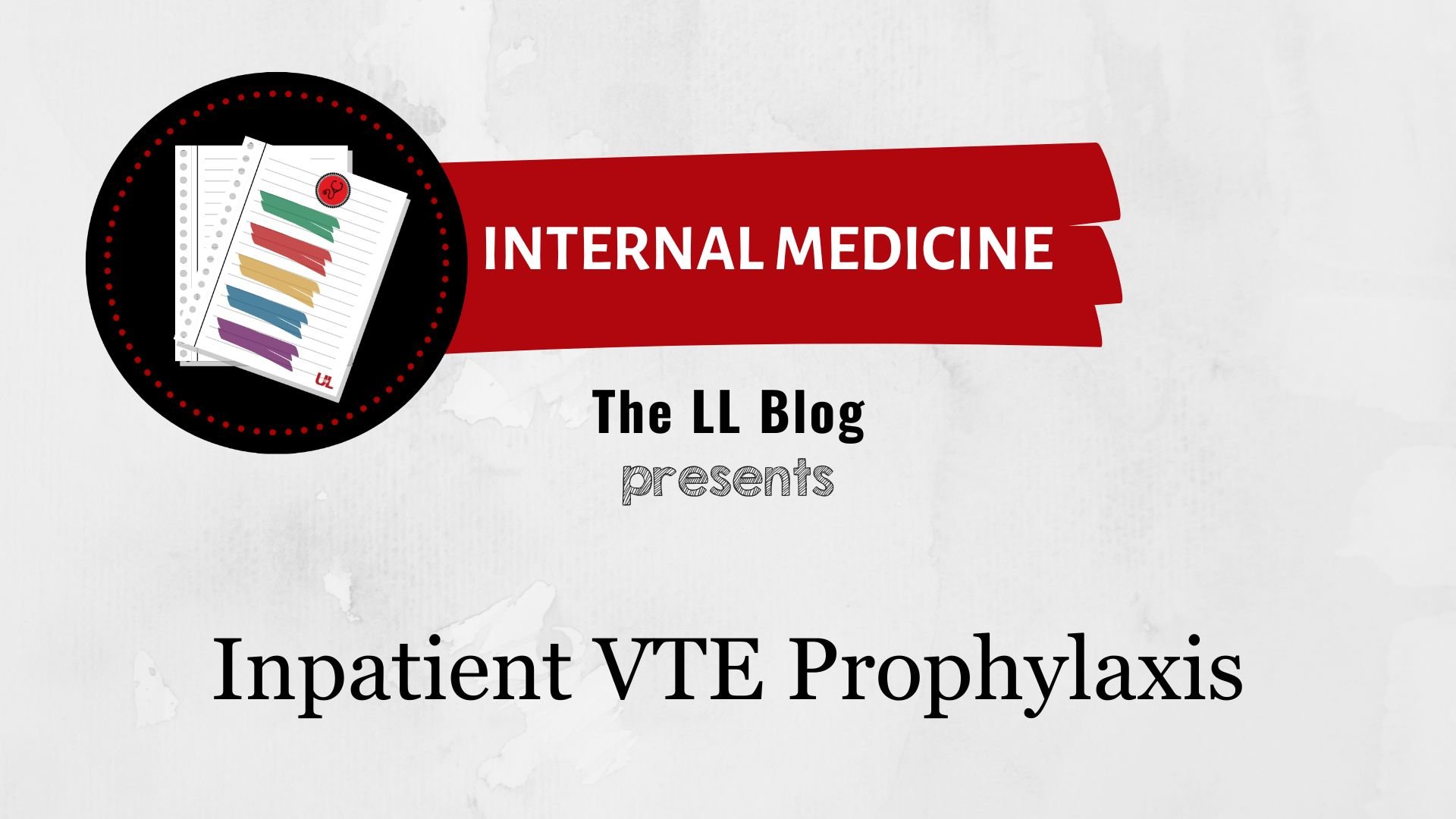



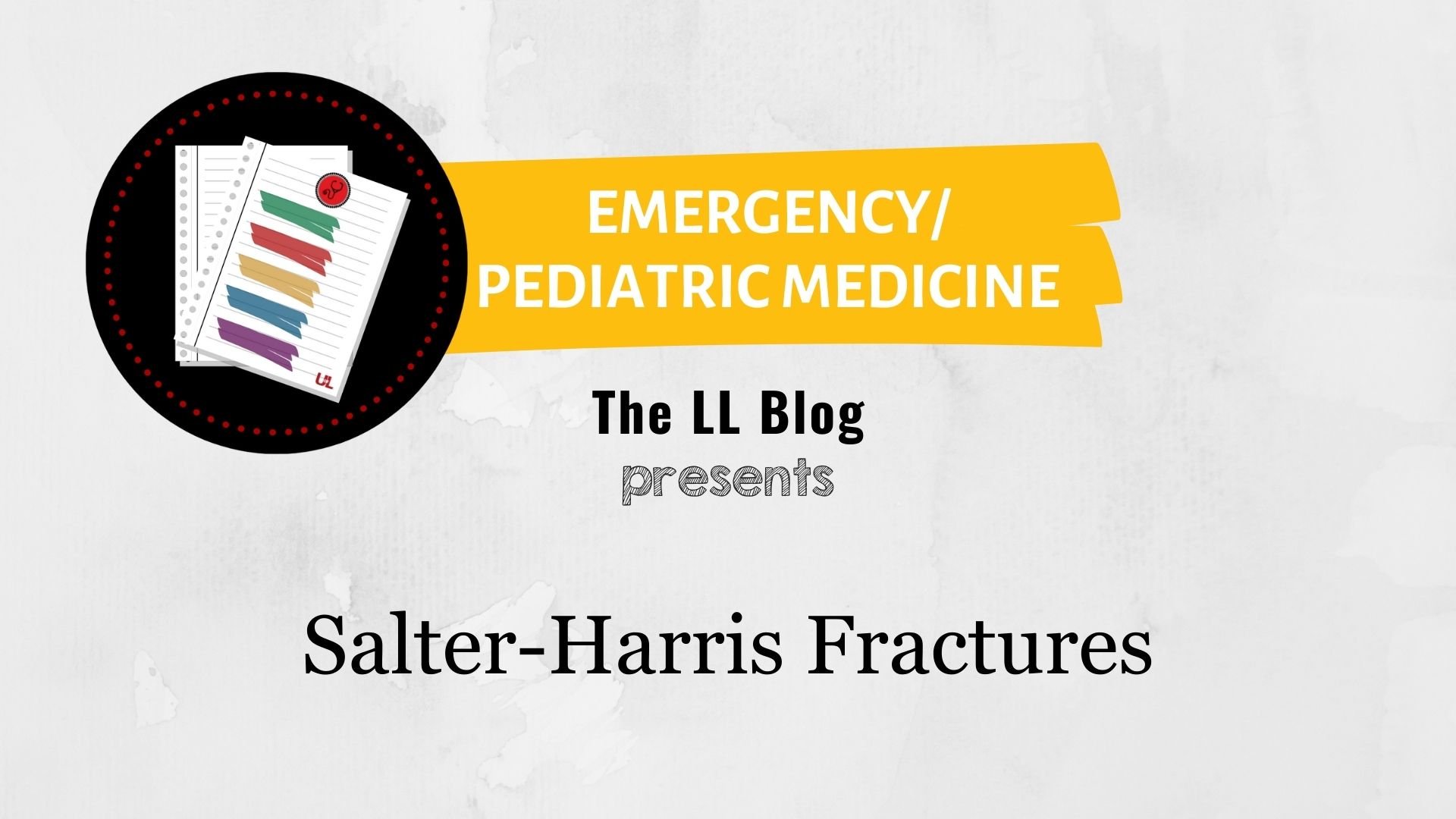









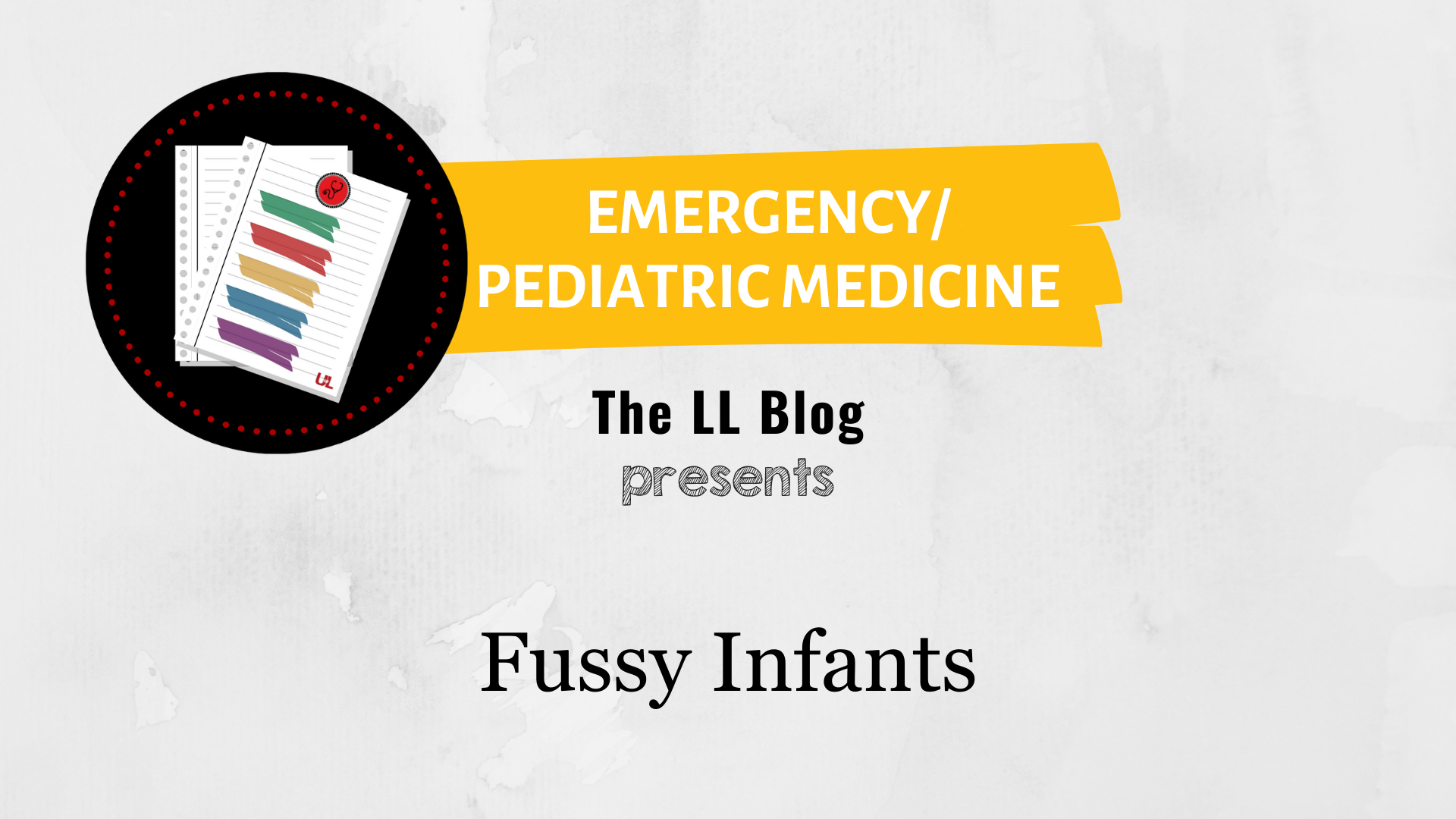










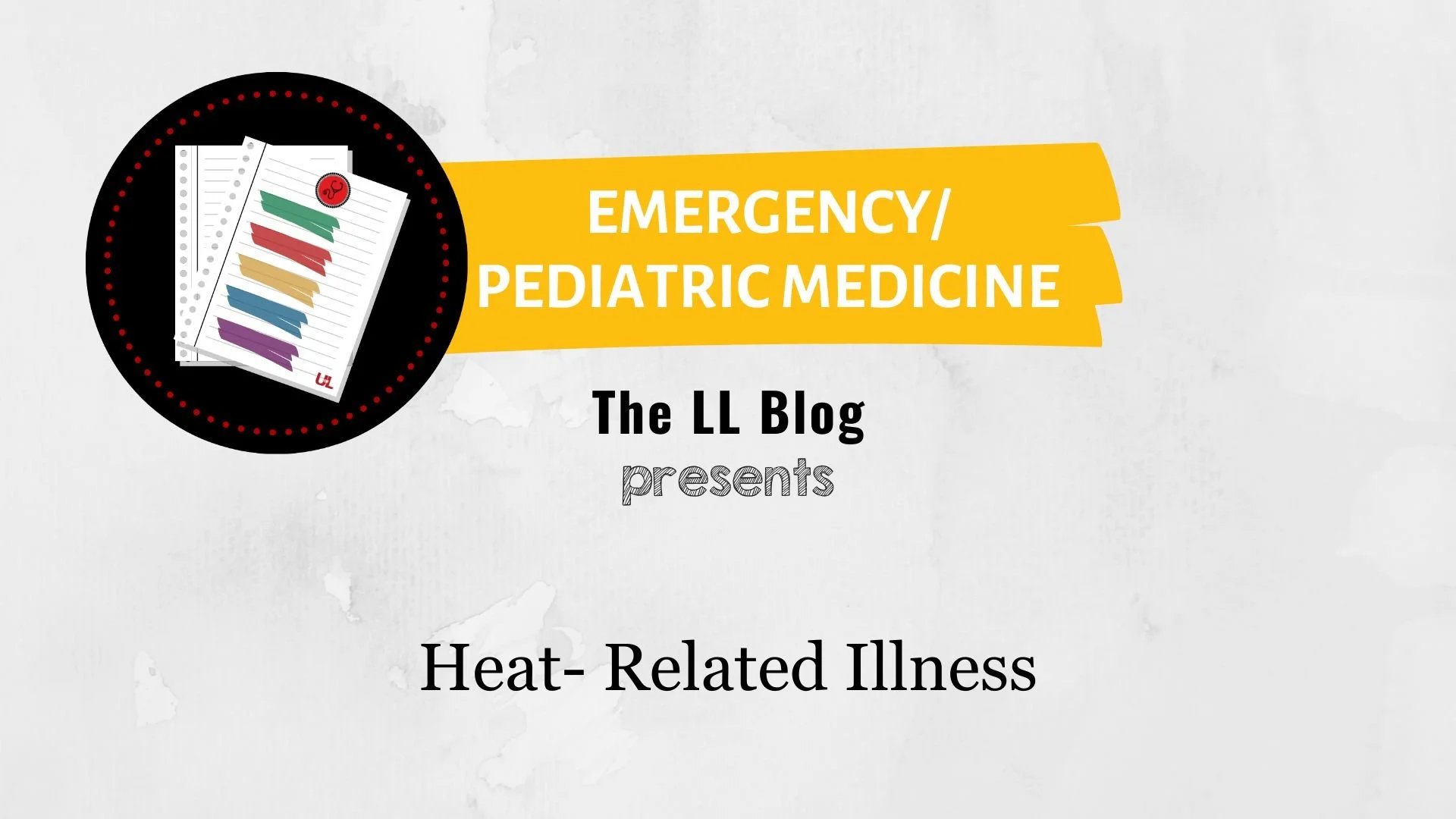





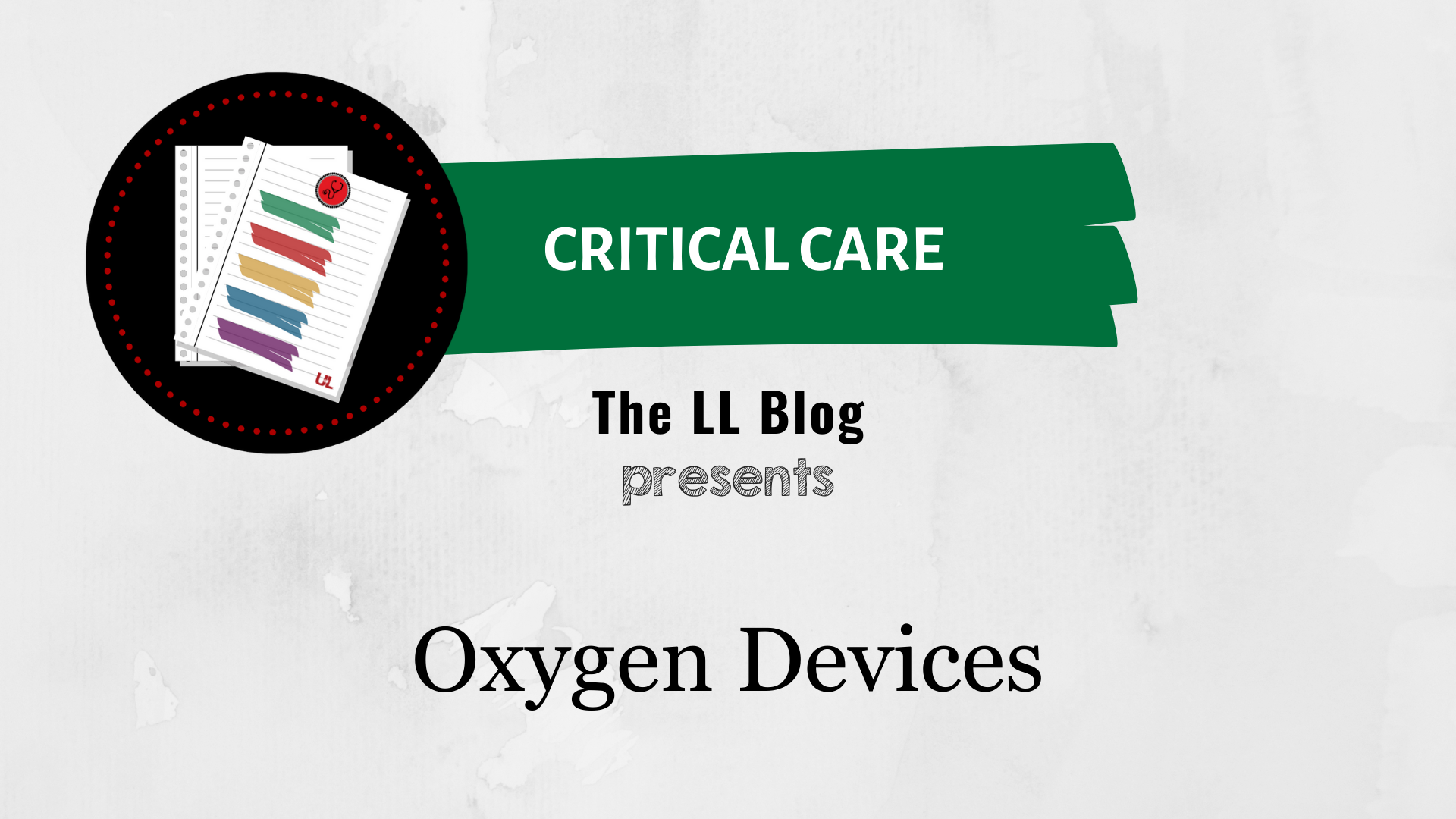



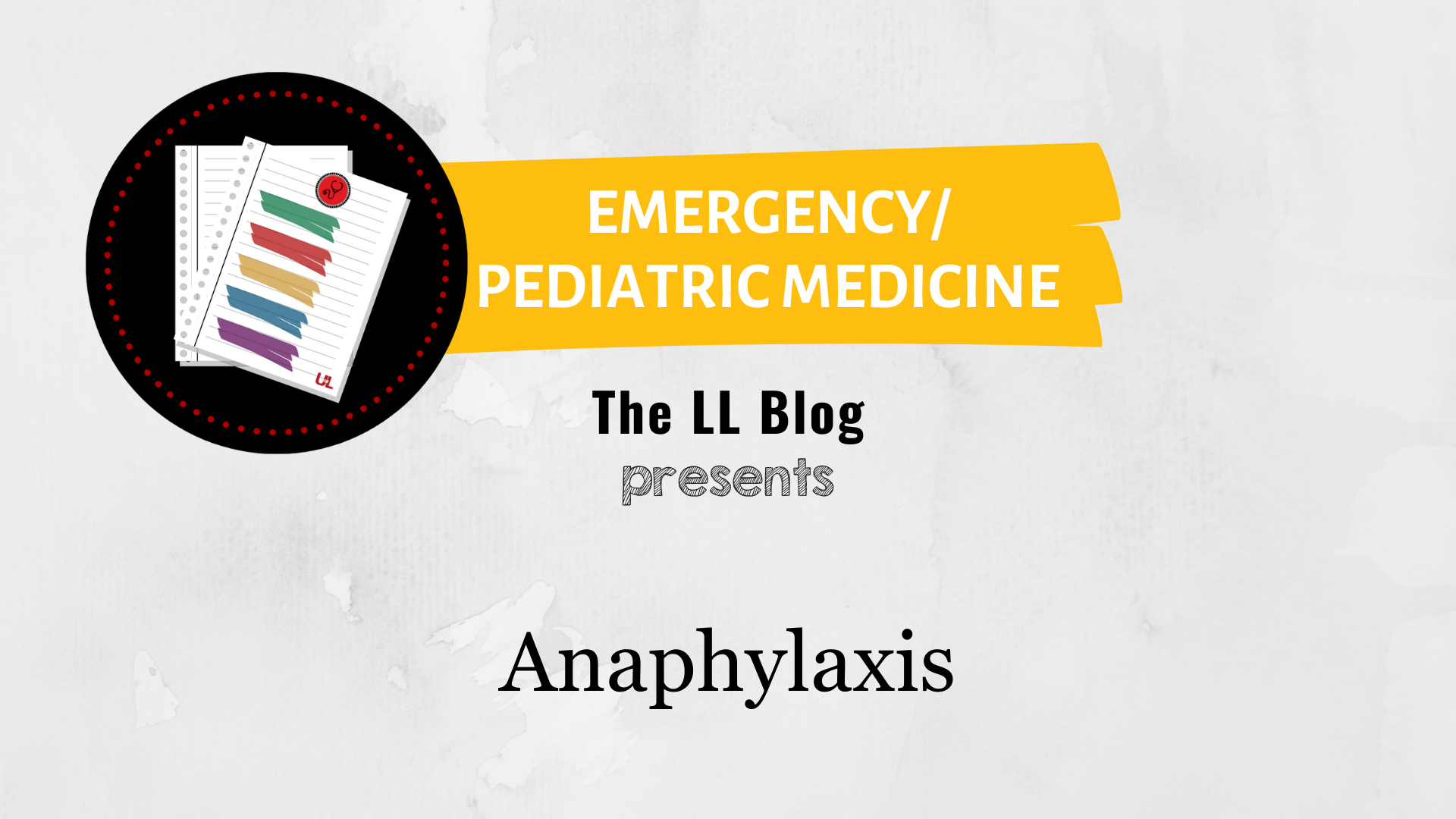

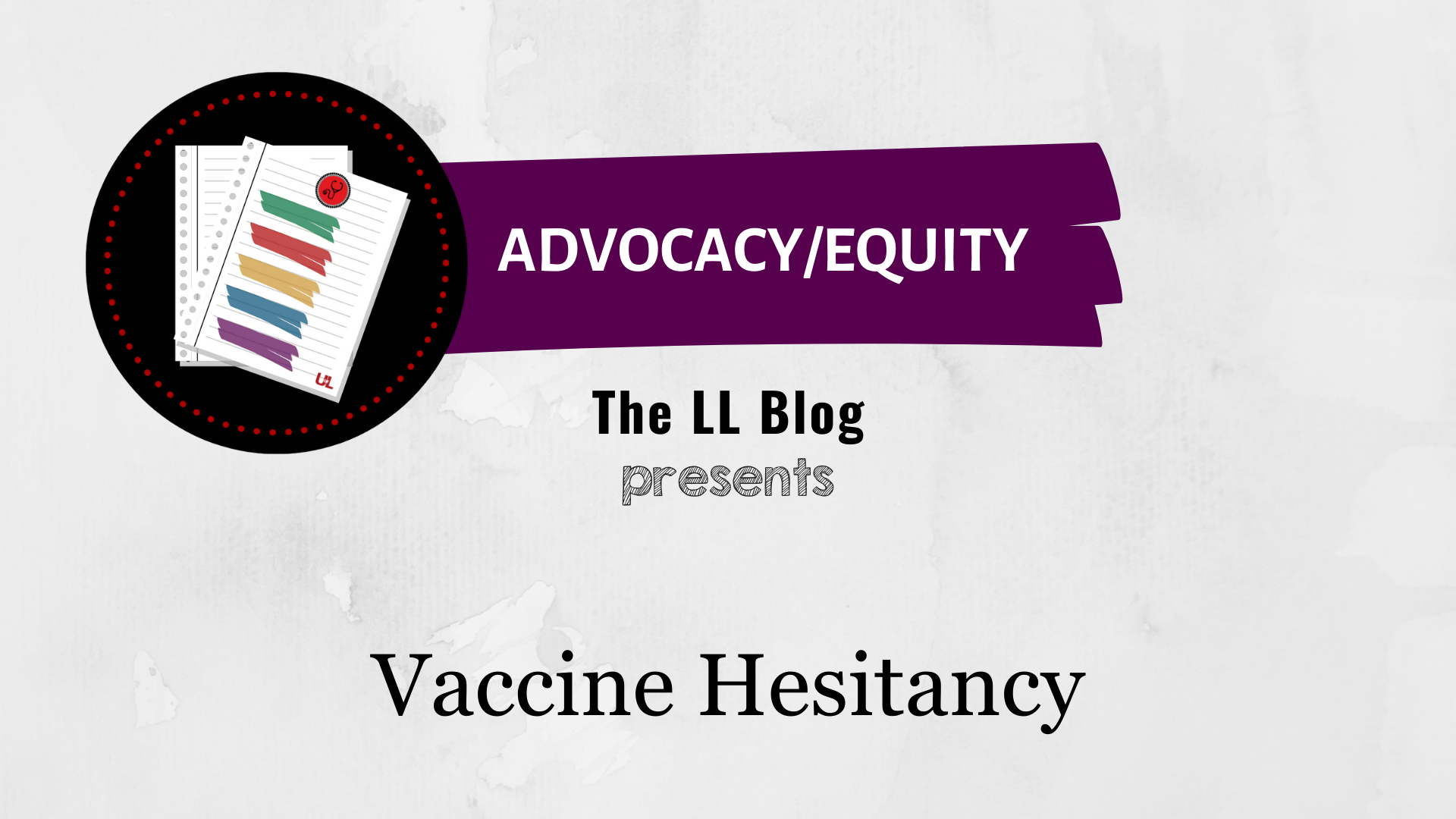









Audry Hawkins is back to discuss antimicrobial stewardship in pneumonia. She starts with comparing differences in guidelines and recent primary literature on empiric treatment of pneumonia. Hawkins then evaluates appropriate empiric step-down therapy and durations and after, discusses the nuances in guideline recommendations for pneumonia.